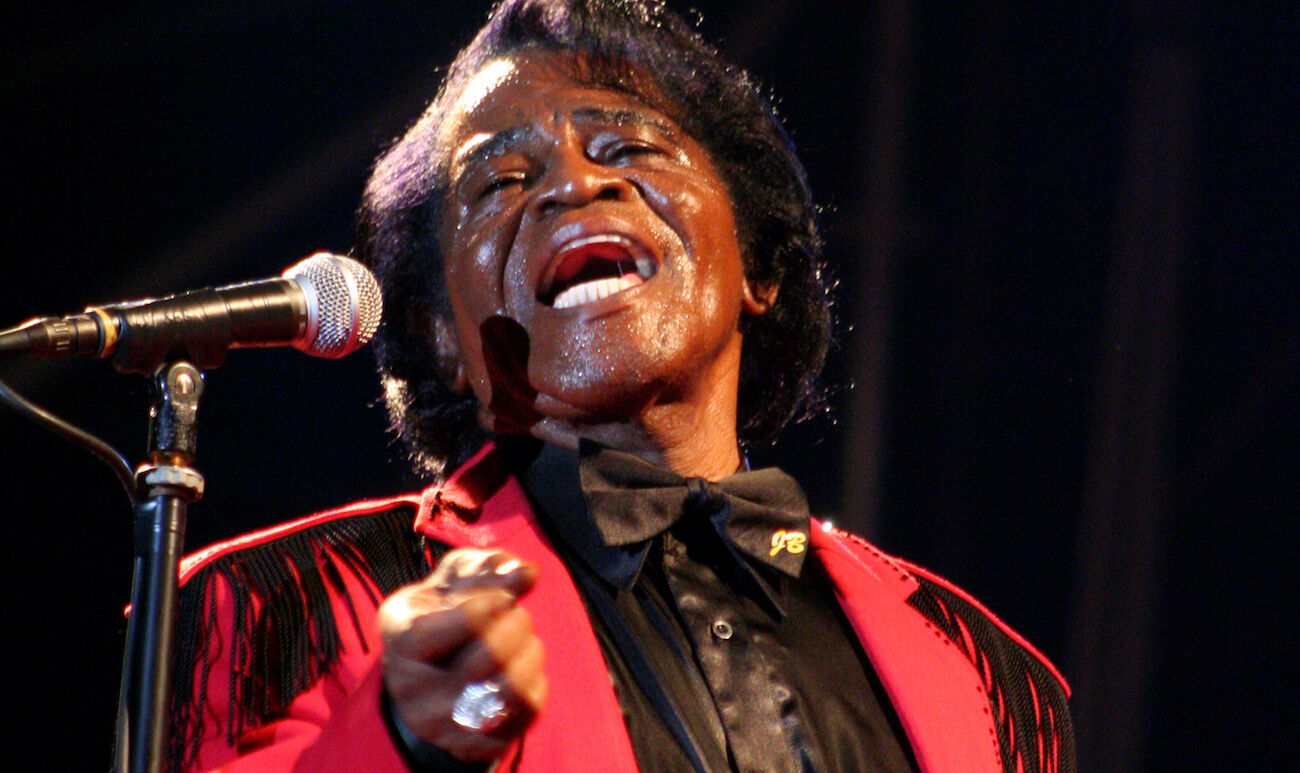While their music is beloved and their names are ubiquitous—whether James Brown, Tina Turner, Ray Charles or Louis Armstrong—it’s their overall legacies that demand a deeper understanding; not only of their groundbreaking cultural contributions and exemplary talent but the paths and perseverance that led them to legendary status.
In honor of African American Music Appreciation Month, there’s no better time to plan a trip that develops a richer knowledge of some of the country’s black music icons, and these four destinations are a start. Beyond simply streaming their catalogs, you’ll walk away with newfound knowledge of their struggles, and a deeper respect for their renowned legacies and talent. Whether it’s exploring the very streets where the Godfather of Soul himself once traversed, walking into the house Louis Armstrong once called home, and more, these are destinations worthy of a visit. (Call ahead for availability, pricing and reservations).
Queens, New York
One of jazz’s most legendary figures, Louis Armstrong was born and raised in New Orleans and later lived with his wife in Queens, New York. As a result, the modest home they shared for 28 years until his death in 1971 is now dedicated to the iconic trumpeter who helped revolutionize popular music and jazz thanks to his penchant for solos (in a genre previously known for ensembles) and scatting (Armstrong is credited with innovating the style).
While Armstrong is considered American music royalty, he chose the working class Queens neighborhood of Corona precisely because it was anything but stuffy and exclusionary. “We’re right out here with the rest of the colored folk and the Puerto Ricans and Italians and the Hebrew cats,” he was once quoted as saying. “We don’t need to move out in the suburbs to some big mansion with lots of servants and yardmen and things.”
Beyond a cursory understanding of Armstrong’s vast impact on culture, walking into his former home (which has been kept frozen in time since his passing) allows visitors to better grasp who the icon was thanks to a plethora of collections. Everything from his personal cache of records to his beloved instruments and manuscripts are there to see.
The James Brown Family Historical Tour at the Augusta Museum of History
Augusta, Georgia
He was known as the Godfather of Soul and for good reason. During a prolific multi-decade run at the top of the charts, James Brown not only made fans boogie thanks to feel good hits like the joy-inducing “I Got You (I Feel Good),” but he also provided black power anthems in the 60s and 70s that served as the rallying cries that helped rouse a generation. That includes the 1968 smash “Say It Loud – I’m Black And I’m Proud” which proclaimed, “Some people say we got a lot of malice, some say it’s a lotta nerve. But I say we won’t quit movin’ until we get what we deserve.”
Aside from Georgia’s Augusta Museum of History showcasing the largest collection of James Brown memorabilia in existence, it’s what lies outside the impressive museum’s walls that really brings Brown to life. Hosted by family members of the deceased legend himself is a historical tour of the singer’s Augusta haunts that occurs every Saturday morning. It focuses on Brown’s eye-opening relationship with the city where he once hustled on the streets and never strayed far, despite global fame. It’s a community dedicated to Brown’s legacy to this day, whether a life-size bronze statue on the city’s Broad street or a namesake arena.
Tina Turner Museum at Flagg Grove School
Brownsville, Tennessee
In the 1940s-era city about an hour outside of Memphis called Brownsville, a young girl named Anna Mae Bullock, the daughter of a sharecropper father, attended classes in a one-room schoolhouse. By the 60s, Anna Mae would grow up to become Tina Turner, one of the best-selling artists in music history whose stage energy and vocal prowess earned her the moniker of the Queen of Rock and Roll, and a reputation as trailblazer not only for black artists but for female empowerment as well, thanks to hits like “Proud Mary” and “What’s Love Got To Do With It.” True to her massive stature, Turner holds the distinction as the first female and black artist to land on the cover of Rolling Stone for the magazine’s second-ever issue.
Music stardom, however, was a far cry from growing up a black child in the racist south, and now that aforementioned one-room school house is open to the public and devoted to Turner’s both youth and stardom. Featuring the legend’s costumes and gold records, the preserved schoolhouse also kept its barebones accommodations ranging from a simple chalkboard to its former desks. It’s a walk down memory lane that illuminates Turner’s hardscrabble youth, thereby making her subsequent success all the more impressive.
The Ray Charles Memorial Library and Museum
Los Angeles, CA
Before Ray Charles took popular music by storm, soul music simply didn’t exist. It is widely agreed that it was Charles (along with the aforementioned James Brown and Sam Cooke) who combined elements from gospel and blues and helped birth an entirely new genre of quintessential American music, a stunning accomplishment for any artist, despite his blindness and the inherent racism for black artists in the music industry.
“What I never understood to this day, to this very day, was how white people could have black people cook for them, make their meals, but wouldn’t let them sit at the table with them,” Charles once said of the racism that surrounded him. “How can you dislike someone so much and have them cook for you? Shoot, if I don’t like someone you ain’t cooking nothing for me, ever”
Today, fans have the opportunity to learn about Charles’ rich legacy beyond “Georgia On My Mind” with a visit to Los Angeles’ The Ray Charles Memorial Library and Museum. Housed in a building built by Charles himself in the 60s for office space, it now boasts seven galleries devoted to the artist and has the distinction of being the first memorial library ever dedicated to a sole artist. In addition, the space is also the home of his still-thriving charitable organization focused on education and encouragement for those with hearing impairment.




